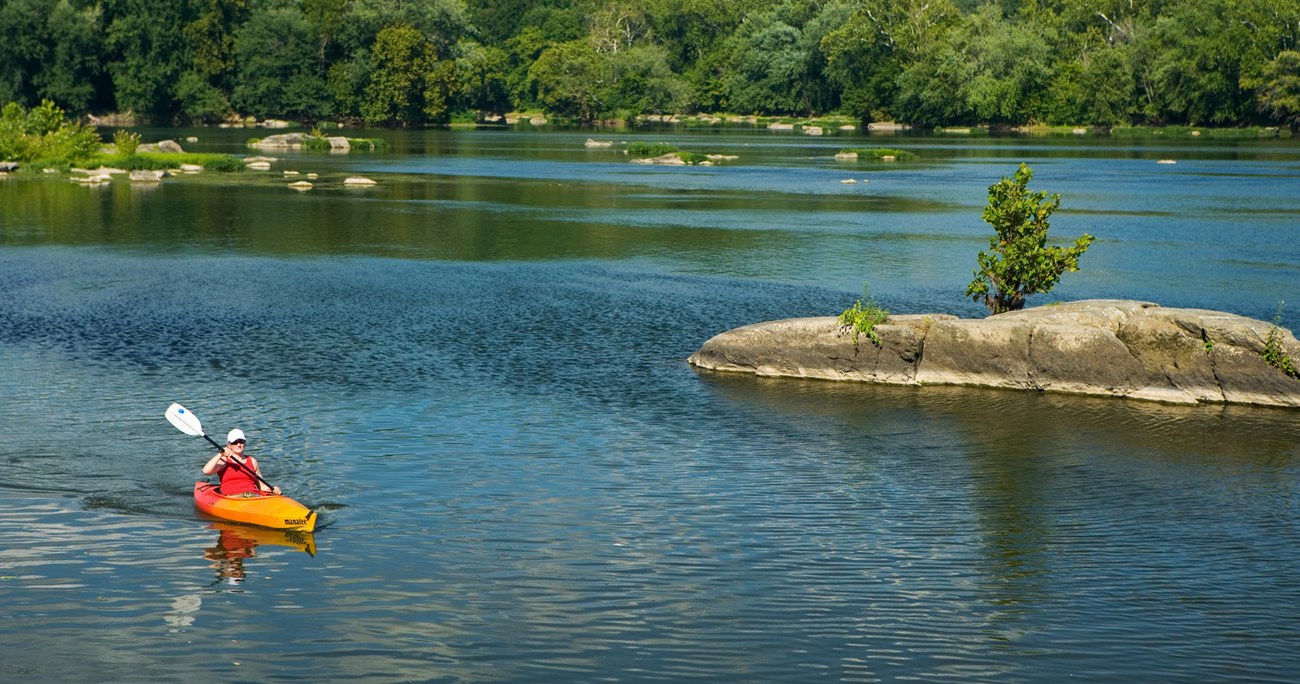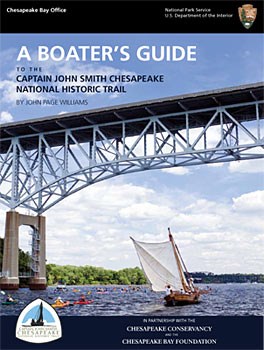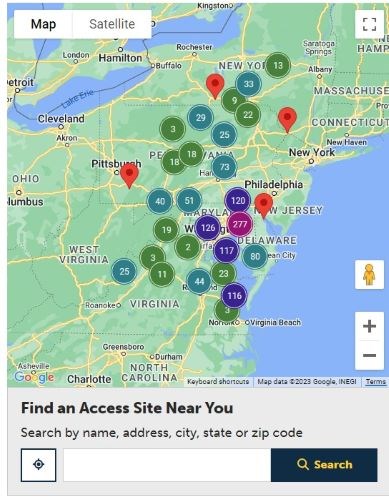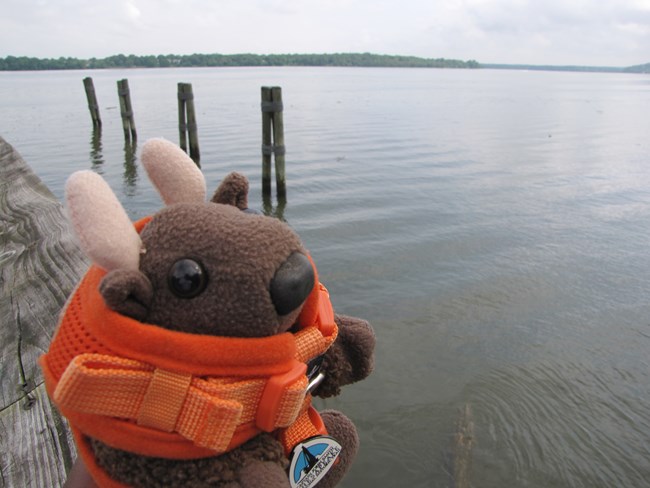
NPS
The best way to experience the Captain John Smith Chesapeake National Historic Trail is by water. Long before Captain Smith's explorations of the Chesapeake and its tributaries, Indians used these waterways for fishing and hunting, to trade goods, and to explore new lands. Smith traveled nearly 3,000 miles on the Bay and its rivers, recording and mapping what he saw. Due largely to Smith's descriptions, European settlement followed along these waterways. Traveling these waters today, you can see how the landscape has changed — and where it has changed very little. You can see where history was made and where wildlife and native plants still thrive. 
NPS A Boater's Guide to the Captain John Smith Chesapeake National Historic Trail is for boaters in all types of vessels and at all skill levels. In this guide to America's first national water trail, Chesapeake-expert John Page Williams suggests itineraries for each area explored by Captain John Smith and tells you what you need to know for exploring those areas today.
Visit the Chesapeake Bay Foundation website to Download the Boater's Guide. Email us to receive a hard copy in the mail: cajo_info@nps.gov.

Chesapeake Bay Program Public Access Sites - Interactive Map
Use the map to find:
Use the Public Access Sites Tool >Launch Sites & Trip IdeasWater Trails by RiverGuided PaddlesGuided paddles are perfect for inexperienced kayakers and canoers looking to dip their toes into the water! Join in on a guided paddling tour to learn the ropes. Practice captaining your ship while also learning about the Bay's history, culture, and ecology. There are endless opportunities for guided paddles throughout the region. Check out events at a partner location near you.No boat? No Problem!Even if you don't own a boat yourself, there are still lots of ways to get out on the water. Many of the locations mentioned on this website rent canoes, kayaks, and boats to visitors. Call ahead before you go to confirm availability.
Tall Ships & Historic Boats

NPS SafetyEspecially when it comes to water, it's always better to be safe than sorry. Know and follow these safety tips when kayaking or canoeing:
Boating Safety Regulations by State |
Last updated: September 12, 2024
